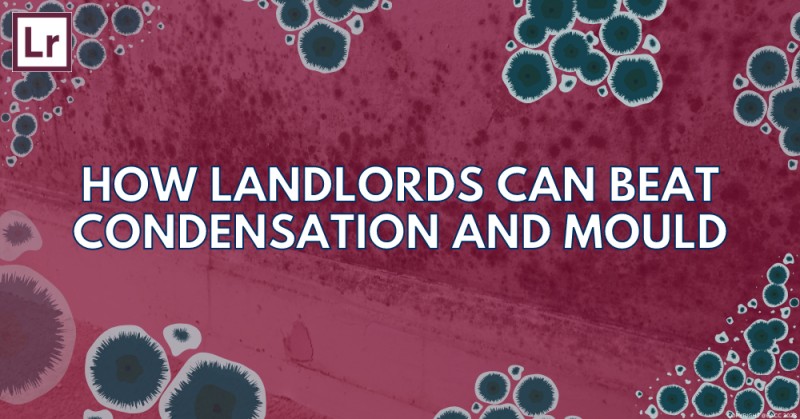| Day | Opening Hours |
|---|---|
| Monday | 8:30am - 6pm |
| Tuesday | 8:30am - 6pm |
| Wednesday | 8:30am - 6pm |
| Thursday | 8:30am - 6pm |
| Friday | 8:30am - 6pm |
| Saturday | 9:00am - 3pm |

Condensation and mould
The two are often bundled together because if you’ve got condensation, there’s a good chance it won’t be long before you’re battling mould.
Condensation can be caused by warm air hitting cold surfaces or by lots of humidity in the air. The air cools and droplets form, creating a damp environment – and a perfect breeding ground for mould.
Mould grows in black, green or brown spots. It’s most commonly found in bathrooms and kitchens but can thrive in any damp or humid location.
Responsibilities
Both landlords and tenants have roles to play in preventing and tackling mould.
The landlord must ensure there are no structural or maintenance issues that could cause mould and remove mould impacting a tenant’s health and safety.
Tenants should keep the property clean and adequately ventilated and report signs of mould to the landlord.
If the cause of mould isn’t structural, it could be down to tenant behaviour (more on this further down).
It’s important to look for constructive solutions to resolve the issue rather than getting involved in a finger-pointing exercise.
Steps a landlord can take
A dry home with lots of fresh air is the best weapon against mould. To achieve this, you should:
How tenants can help
Ask tenants to:
For more advice about managing your rental property, contact us today.